Science and Culture in the Nineteenth Century
Publisher: University of Pittsburgh Press
Series Editor: Bernard Lightman (York University); Editorial Board: Robert Brain (University of British Columbia); Pietro Corsi (University of Oxford); Shinjini Das (University of East Anglia); Fa-ti Fan (SUNY Binghamton); Bruce J. Hunt (University of Texas); Myles Jackson (Princeton Institute for Advanced Study); Sally Gregory Kohlstedt (University of Minnesota); Carlos López Beltrán (Instituto de Investigaciones Filosóficas/UNAM); Lynn K. Nyhart (University of Wisconsin–Madison); Michael A. Osborne (Oregon State University); Gregory Radick (University of Leeds); Marc Rothenberg (Smithsonian Institution Archives); Simon Schaffer (University of Cambridge); Jutta Schickore (Indiana University); Efram Sera-Shriar (Durham University & University of Copenhagen); Ann Shteir (York University); Sally Shuttleworth (University of Oxford); Robert Smith (University of Alberta); Jonathan R. Topham (University of Leeds)
An era of exciting and transformative scientific discoveries, the nineteenth century was also a period when significant features of the relationship between contemporary science and culture first assumed form. This book series includes studies of major developments within the disciplines—including geology, biology, botany, astronomy, physics, chemistry, medicine, technology, and mathematics—as well as themes within the social sciences, natural philosophy, natural history, the alternative sciences, and popular science. In addition, books in the series may examine science in relation to one or more of its many contexts, including literature, politics, religion, class, gender, colonialism and imperialism, material culture, and visual and print culture.

Format: Paperback
Pages: 280
ISBN: 9780822966388
Pub Date: 28 Jun 2021
Description:
By the late nineteenth century, advances in medical knowledge, technology and pharmaceuticals led to the development of a thriving commercial industry. The medical trade catalogue became one of the most important means of promoting the latest tools and techniques to practitioners. Drawing on over 400 catalogues produced between 1870 and 1914, Jones presents a study of the changing nature of medical professionalism.
She examines the use of the catalogue in connecting the previously separate worlds of medicine and commerce and discusses its importance to the study of print history more widely.
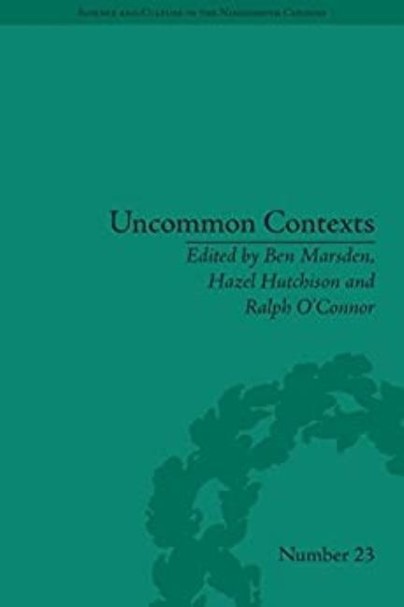
Format: Paperback
Pages: 256
ISBN: 9780822966418
Pub Date: 28 Jun 2021
Description:
Britain in the long nineteenth century developed an increasing interest in science of all kinds. Whilst poets and novelists took inspiration from technical and scientific innovations, those directly engaged in these new disciplines relied on literary techniques to communicate their discoveries to a wider audience. The essays in this collection uncover this symbiotic relationship between literature and science, at the same time bridging the disciplinary gulf between the history of science and literary studies.
Specific case studies include the engineering language used by Isambard Kingdom Brunel, the role of physiology in the development of the sensation novel and how mass communication made people lonely.
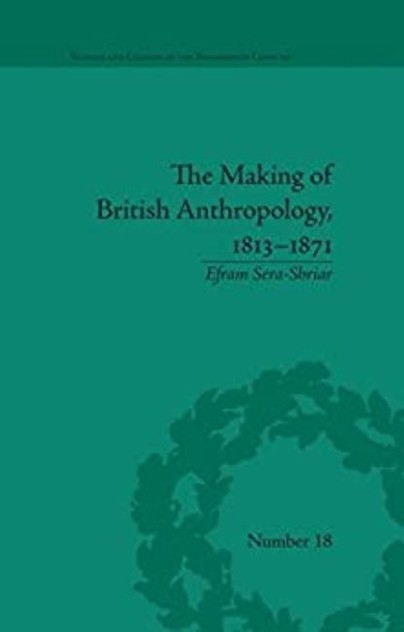
Format: Paperback
Pages: 268
ISBN: 9780822966487
Pub Date: 28 Jun 2021
Description:
Victorian anthropology has been derided as an "armchair practice," distinct from the scientific discipline of the twentieth century. But the observational practices that characterized the study of human diversity developed from the established sciences of natural history, geography and medicine. Sera-Shriar argues that anthropology at this time went through a process of innovation which built on scientifically grounded observational study.
Far from being an evolutionary dead end, nineteenth-century anthropology laid the foundations for the field-based science of anthropology today.
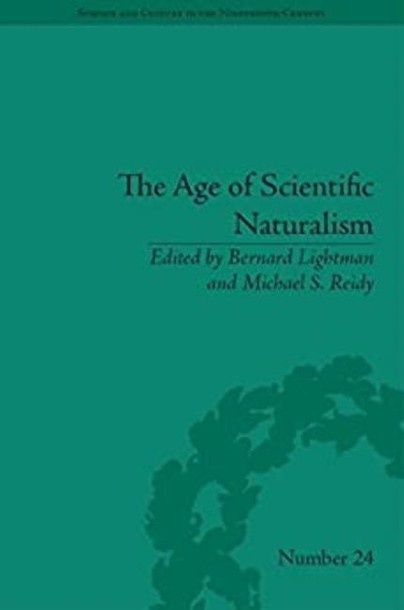
Format: Paperback
Pages: 200
ISBN: 9780822966401
Pub Date: 28 Jun 2021
Description:
Physicist John Tyndall and his contemporaries were at the forefront of developing the cosmology of scientific naturalism during the Victorian period. They rejected all but physical laws as having any impact on the operations of human life and the universe. Contributors focus on the way Tyndall and his correspondents developed their ideas through letters, periodicals and scientific journals and challenge previously held assumptions about who gained authority, and how they attained and defended their position within the scientific community.

Format: Paperback
Pages: 248
ISBN: 9780822966463
Pub Date: 28 Jun 2021
Description:
The nineteenth century saw science move from being the preserve of a small learned elite to a dominant force which influenced society as a whole. Sakurai presents a study of how scientific societies affected the social and political life of a city. As it did not have a university or a centralized government, Frankfurt am Main is an ideal case study of how scientific associations - funded by private patronage for the good of the local populace - became an important centre for natural history.
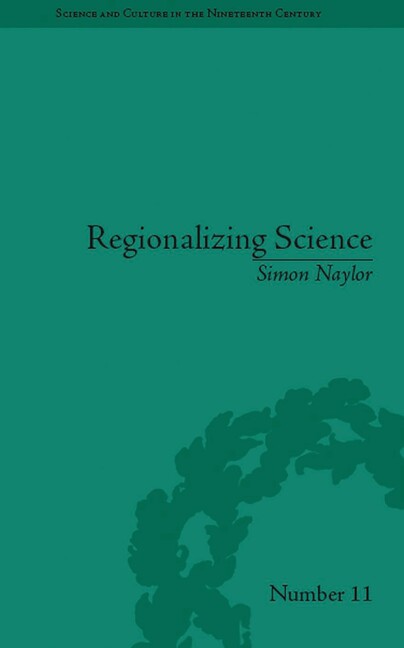
Format: Paperback
Pages: 260
ISBN: 9780822966425
Pub Date: 28 Jun 2021
Description:
Victorian England, as is well known, produced an enormous amount of scientific endeavour, but what has previously been overlooked is the important role of geography on these developments. Naylor seeks to rectify this imbalance by presenting a historical geography of regional science. Taking an in-depth look at the county of Cornwall, questions on how science affected provincial Victorian society, how it changed people’s relationship with the landscape and how it shaped society are applied to the Cornish case study, allowing a depth and texture of analysis denied to more general scientific overviews of the period.
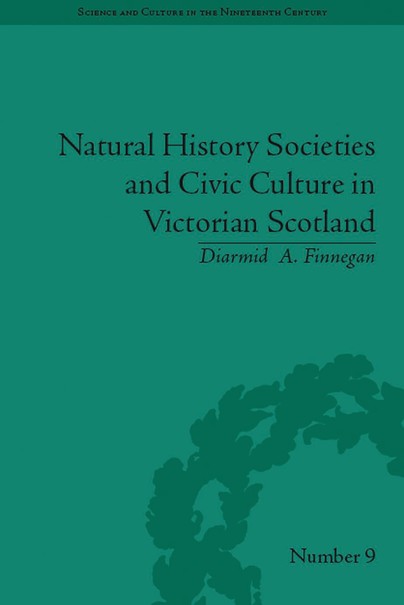
Format: Paperback
Pages: 248
ISBN: 9780822966357
Pub Date: 28 Jun 2021
Description:
Winner of the Frank Watson Prize in Scottish History, 2011 The relationship between science and civil society is essential to our understanding of cultural change during the Victorian era. Science was frequently packaged as an appropriate form of civic culture, inculcating virtues necessary for civic progress. In turn, civic culture was presented as an appropriate context for enabling and supporting scientific progress.
Finnegan's study looks at the shifting nature of this process during the nineteenth century, using Scotland as the focus for his argument. Considerations of class, religion and gender are explored, illuminating changing social identities as public interest in science was allowed - even encouraged - beyond the environs of universities and elite metropolitan societies.
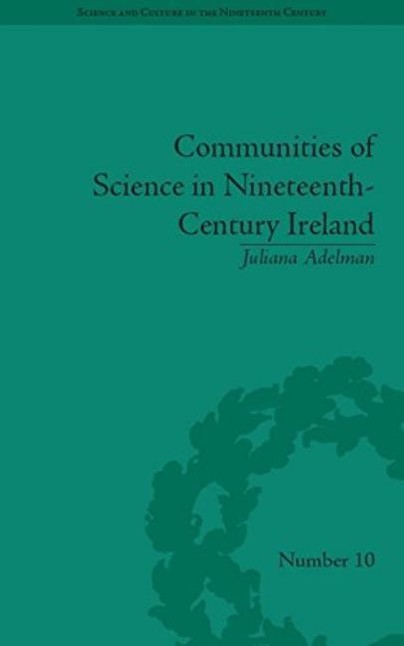
Format: Paperback
Pages: 240
ISBN: 9780822966326
Pub Date: 28 Jun 2021
Description:
The nineteenth century was an important period for both the proliferation of "popular" science and for the demarcation of a group of professionals that we now term scientists. Of course for Ireland, largely in contrast to the rest of Britain, the prominence of Catholicism posed various philosophical questions regarding research. Adelman’s study examines the practical educational impact of the growth of science in these communities, and the impact of this on the country’s economy; the role of museums and exhibitions in spreading scientific knowledge; and the role that science had to play in Ireland’s turbulent political context.
Adelman challenges historians to reassess the relationship between science and society, showing that the unique situation in Victorian Ireland can nonetheless have important implications for wider European interpretations of the development of this relationship during a period of significant change.
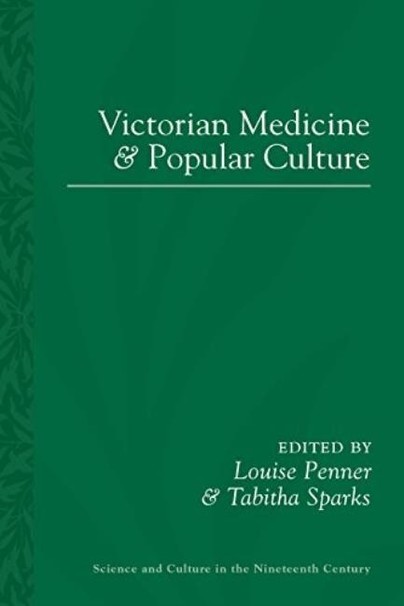
Format: Paperback
Pages: 196
ISBN: 9780822966432
Pub Date: 06 Jun 2021
Description:
This collection of essays explores the rise of scientific medicine and its impact on Victorian popular culture. Chapters include an examination of Charles Dickens’s involvement with hospital funding, concerns over milk purity and the theatrical portrayal of drug addiction, plus a whole section devoted to the representation of medicine in crime fiction. This is an interdisciplinary study involving public health, cultural studies, the history of medicine, literature and the theatre, providing new insights into Victorian culture and society.
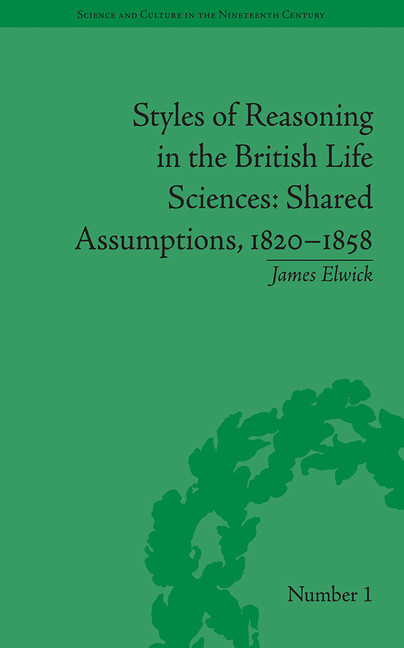
Format: Paperback
Pages: 248
ISBN: 9780822966340
Pub Date: 02 Apr 2021
Description:
Elwick explores how the concept of "compound individuality" brought together life scientists working in pre-Darwinian London. Scientists conducting research in comparative anatomy, physiology, cellular microscopy, embryology and the neurosciences repeatedly stated that plants and animals were compounds of smaller independent units. Discussion of a "bodily economy" was widespread.
But by 1860, the most flamboyant discussions of compound individuality had come to an end in Britain. Elwick relates the growth and decline of questions about compound individuality to wider nineteenth-century debates about research standards and causality. He uses specific technical case studies to address overarching themes of reason and scientific method.
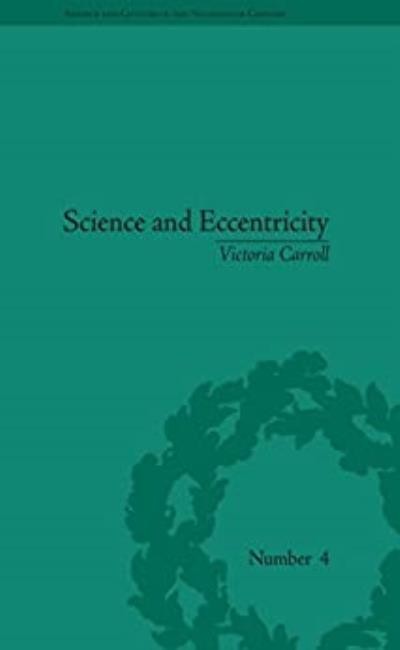
Format: Paperback
Pages: 272
ISBN: 9780822966333
Pub Date: 09 Mar 2021
Description:
The concept of eccentricity was central to how people in the nineteenth century understood their world. This monograph is the first scholarly history of eccentricity. Carroll explores how discourses of eccentricity were established to make sense of individuals who did not seem to fit within an increasingly organized social and economic order.
She focuses on the self-taught natural philosopher William Martin, the fossilist Thomas Hawkins and the taxidermist Charles Waterton.
Popular Exhibitions, Science and Showmanship, 1840-1910
Format: Paperback
Pages: 304
ISBN: 9780822966395
Pub Date: 02 Mar 2021
Description:
Victorian culture was characterized by a proliferation of shows and exhibitions. These were encouraged by the development of new sciences and technologies, together with changes in transportation, education and leisure patterns. The essays in this collection look at exhibitions and their influence in terms of location, technology and ideology.
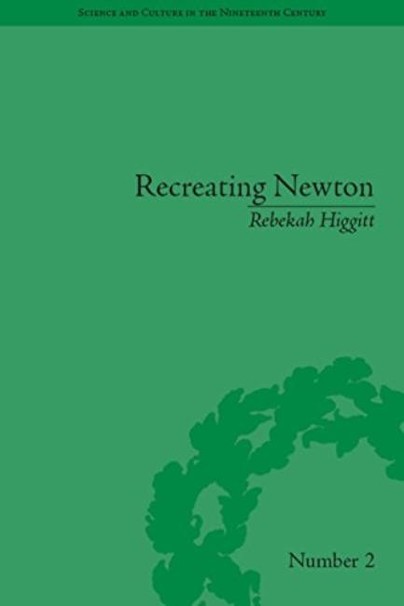
Format: Paperback
Pages: 200
ISBN: 9780822966371
Pub Date: 01 Dec 2020
Description:
Higgitt examines Isaac Newton's changing legacy during the nineteenth century. She focuses on 1820–1870, a period that saw the creation of the specialized and secularized role of the "scientist." At the same time, researchers gained better access to Newton's archives.
These were used both by those who wished to undermine the traditional, idealised depiction of scientific genius and those who felt obliged to defend Newtonian hagiography. Higgitt shows how debates about Newton's character stimulated historical scholarship and led to the development of a new expertise in the history of science.
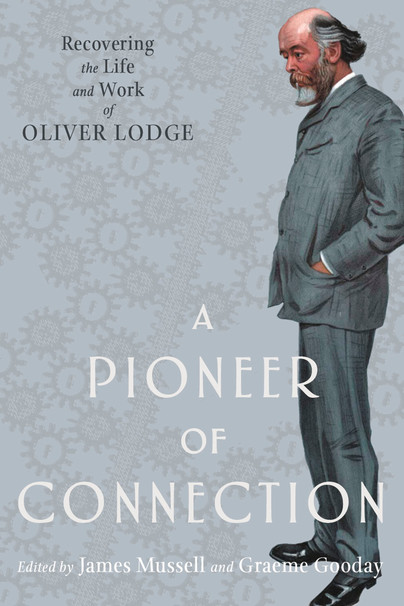
Format: Hardback
Pages: 336
ISBN: 9780822945956
Pub Date: 30 Sep 2020
Illustrations: 9 b&w
Description:
Sir Oliver Lodge was a polymathic scientific figure who linked the Victorian Age with the Second World War, a reassuring figure of continuity across his long life and career. A physicist and spiritualist, inventor and educator, author and authority, he was one of the most famous public figures of British science in the late nineteenth and early twentieth centuries. A pioneer in the invention of wireless communication and later of radio broadcasting, he was foundational for twentieth-century media technology and a tireless communicator who wrote upon and debated many of the pressing interests of the day in the sciences and far beyond.
Yet since his death, Lodge has been marginalized. By uncovering the many aspects of his life and career, and the changing dynamics of scientific authority in an era of specialization, contributors to this volume reveal how figures like Lodge fell out of view as technical experts came to dominate the public understanding of science in the second half of the twentieth century. They account for why he was so greatly cherished by many of his contemporaries, examine the reasons for his eclipse, and consider what Lodge, a century on, might teach us about taking a more integrated approach to key scientific controversies of the day.
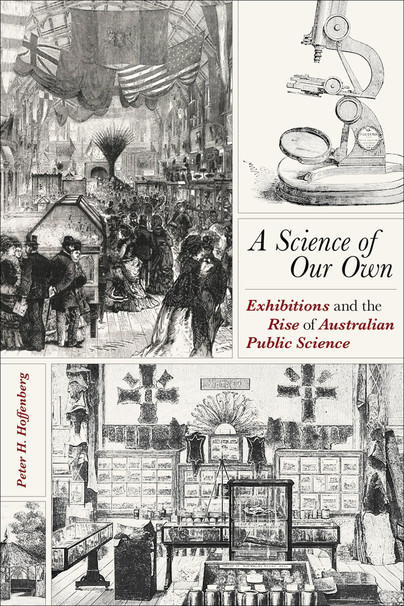
Format: Hardback
Pages: 206
ISBN: 9780822945765
Pub Date: 26 Nov 2019
Illustrations: 10
Description:
When the Reverend Henry Carmichael opened the Sydney Mechanics’ School of Arts in 1833, he introduced a bold directive: for Australia to advance on the scale of nations, it needed to develop a science of its own. Prominent scientists in the colonies of New South Wales and Victoria answered this call by participating in popular exhibitions far and near, from London’s Crystal Place in 1851 to Sydney, Melbourne, Adelaide, and Brisbane during the final decades of the nineteenth century. A Science of Our Own explores the influential work of local botanists, chemists, and geologists—William B.
Clarke, Joseph Bosisto, Robert Brough Smyth, and Ferdinand Mueller—who contributed to shaping a distinctive public science in Australia during the nineteenth century. It extends beyond the political underpinnings of the development of public science to consider the rich social and cultural context at its core. For the Australian colonies, as Peter H. Hoffenberg argues, these exhibitions not only offered a path to progress by promoting both the knowledge and authority of local scientists and public policies; they also ultimately redefined the relationship between science and society by representing and appealing to the growing popularity of science at home and abroad.
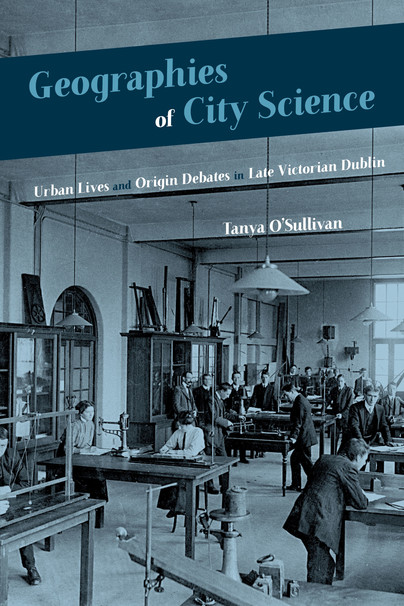
Format: Hardback
Pages: 248
ISBN: 9780822945758
Pub Date: 12 Nov 2019
Illustrations: 19
Description:
Dublin at the turn of the twentieth century was both the second city of the British Empire and the soon-to-be capital of an emerging nation, presenting a unique space in which to examine the past relationship between science and the city. Drawing on both geography and biography, Geographies of City Science underscores the crucial role urban spaces played in the production of scientific knowledge. Each chapter explores the lives of two practitioners from one of the main religious and political traditions in Dublin (either Protestant and Unionist or Catholic and Nationalist).
As Tanya O’Sullivan argues, any variation in their engagement with science had far less to do with their affiliations than with their “life spaces”—domains where human agency and social structures collide. Focusing on nineteenth-century debates on the origins of the universe as well as the origins of form, humans, and language, O’Sullivan explores the numerous ways in which scientific meaning relating to origin theories was established and mobilized in the city. By foregrounding Dublin, her book complements more recent attempts to enrich the historiography of metropolitan science by examining its provenance in less well-known urban centers.
















